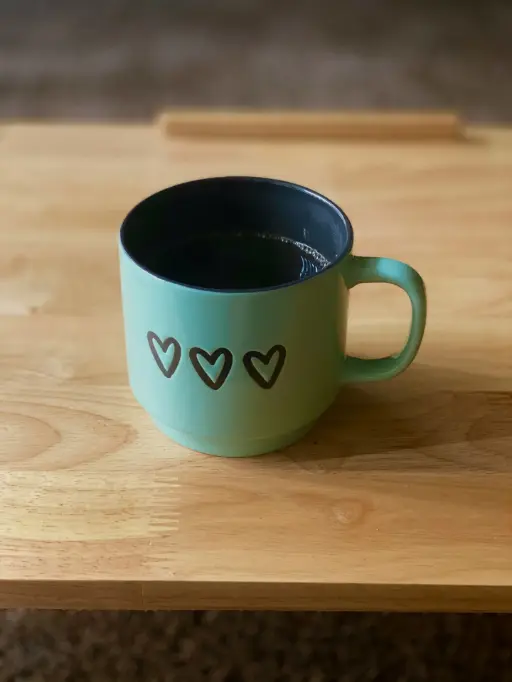In a world where sustainability is becoming increasingly important, the garment industry is coming under scrutiny. The switch to circularity in the fashion industry is not just a trend, but a necessary change to reduce the impact on our planet. Circularity in clothing is about creating a system in which garments, materials and raw materials retain their value and are reused, instead of ending up as waste.
What is circularity?
Circularity in the garments industry means designing, producing, distributing and using clothing in a way that maximizes its lifespan and minimizes waste. This includes practices such as recycling, reuse, repair and sharing of clothing. The aim is to create a closed loop in which raw materials are continuously recovered and reused.
The importance of circular fashion
The current 'fast fashion' trend has led to a huge amount of clothing waste. Many clothes are thrown away after a short period of use, resulting in significant environmental damage. Circularity addresses this problem by extending the life cycle of clothing and reducing waste production.
Lees meer:

Circulariteit: Het hart van duurzame ontwikkeling
In deze blog onderzoeken we wat circulariteit precies inhoudt, waarom het belangrijk is en hoe het kan worden toegepast in zowel de zakelijke wereld als in ons dagelijks leven.
How does circular fashion work?
- Sustainable design: Design garments with sustainability in mind, easy to repair and recycle.
- Material selection: Use of recycled or easily recyclable materials that are less harmful to the environment.
- Production methods: Implementing environmentally friendly and ethical production processes.
- Longevity: Creating quality clothing that lasts longer.
- Recycling and reuse: Turn old garments into new ones or give them a second life through second-hand shops or exchange platforms.
Challenges and opportunities
The transition to circularity in the fashion industry brings challenges, such as changing consumer behavior and developing new technologies for recycling. However, it also offers opportunities for innovation, new business models and a positive impact on the environment.
Importing circular garments from Asia
As an importer you play a crucial role in this transition. By choosing sustainable and circular clothing products you contribute to a greener future. It is important to work with manufacturers who attach great importance to sustainability and who are open to innovative production methods.
Are you interested in importing circular garments from Asia?
At Westwood Sourcing we are happy to help you find the right partners and implement circular practices in your clothing line. Contact us for more information about how we can make your garment imports more sustainable.









